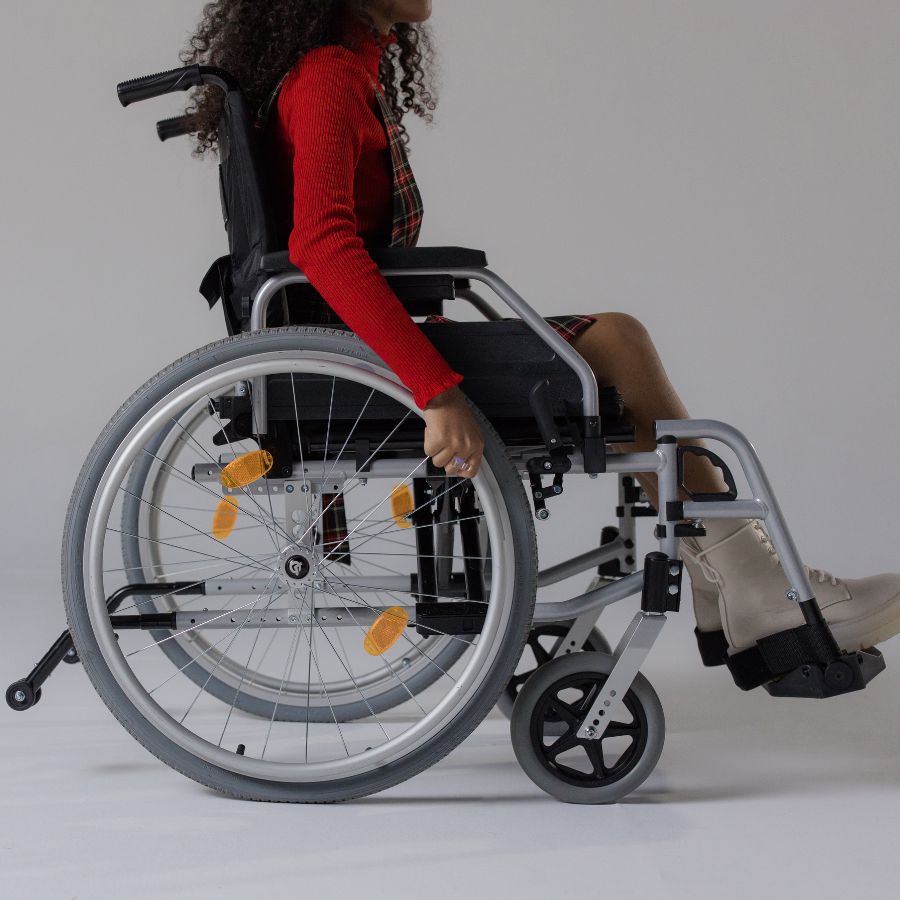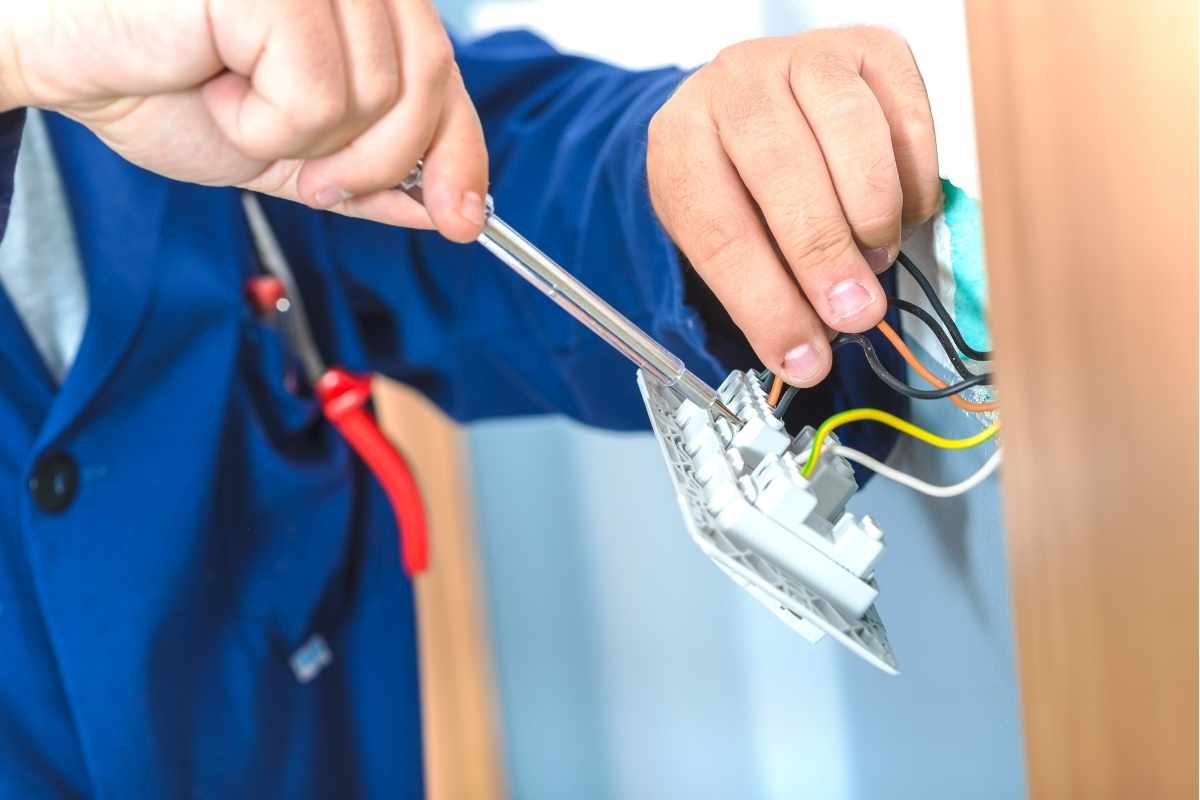Finding the right Supported Independent Living (SIL) provider is one of the most crucial decisions you’ll make under your NDIS plan. The right provider doesn’t just offer daily assistance—they become your partner in achieving independence, confidence, and a fulfilling life.
In Melbourne, where NDIS services are diverse and abundant, participants have the advantage of choice—but that also means navigating a crowded field. So, how do you identify a SIL provider that genuinely aligns with your needs, values, and long-term goals?
Let’s explore this in detail and help you make an informed, confident choice.
1. Understanding Supported Independent Living (SIL)
What Is Supported Independent Living?
Supported Independent Living (SIL) is an NDIS-funded support designed for individuals who need help with daily tasks while living independently. It includes assistance with personal care, meal preparation, medication management, and community participation.
SIL aims to empower participants to live in shared or independent arrangements while receiving structured support that aligns with their NDIS plan.
How SIL Differs from Other NDIS Supports
Many participants confuse SIL with Specialist Disability Accommodation (SDA). However, they serve different purposes:
- SIL covers the support you receive in your home.
- SDA covers the physical housing itself.
You can have SIL without SDA or vice versa, depending on your needs.
The Goal of SIL
The primary purpose of SIL is to help participants develop essential life skills, increase independence, and build confidence in managing their daily routines.
2. The Melbourne Advantage: Why Local Matters
A Thriving Network of Providers
Melbourne is home to a strong and diverse network of NDIS-registered SIL providers. From inner-city specialists to community-based suburban providers, participants have access to tailored services that meet various lifestyle needs.
Community Connection and Local Knowledge
Choosing a Melbourne-based provider means benefiting from their local expertise—knowledge of community programs, transport options, and healthcare services. These connections make daily living smoother and enhance your sense of belonging.
3. Key Factors to Consider When Choosing a SIL Provider
NDIS Registration and Accreditation
Your first step is verifying that the provider is officially NDIS-registered for Supported Independent Living. This ensures they meet safety and quality standards regulated by the NDIS Commission.
You can easily check registration through the NDIS Provider Finder tool or on the NDIS Commission website.
Experience and Staff Expertise
The quality of support depends largely on the provider’s staff. Inquire about their training, certifications, and experience handling diverse participant needs. Providers with experienced, compassionate, and consistent support workers make a huge difference in everyday life.
Compatibility and Personal Fit
Every participant’s journey is unique. That’s why personal compatibility is essential.
Look for a provider that values your routines, cultural background, communication preferences, and goals. Some providers offer trial stays or meet-and-greet sessions—take advantage of these to gauge comfort and connection.
Quality of Accommodation
Inspect the living environment for safety, cleanliness, and comfort.
Consider:
- Accessibility for mobility aids
- Shared vs private room options
- Proximity to transport, shops, and hospitals
A supportive, well-maintained home can greatly improve mental and emotional well-being.
Flexibility and Customization
Life changes, and so do your needs. The right provider offers flexible support plans that evolve with you—whether you need more hours, new skills training, or community participation.
Transparent Communication
Effective communication builds trust. A good provider ensures regular updates, includes you in decision-making, and encourages feedback. Avoid providers who are vague about their services or pricing structure.
4. Step-by-Step Process to Compare SIL Providers in Melbourne
Start with Your NDIS Plan Goals
Revisit your NDIS plan. What outcomes are you aiming for—independent living, skill-building, or daily assistance? Align these goals with providers whose services clearly address them.
Shortlist and Interview Providers
Use the NDIS portal, online directories, or community recommendations to shortlist providers. When interviewing them, ask questions like:
- How do you handle emergencies?
- How often are care plans reviewed?
- What is your staff-to-participant ratio?
Visit the Property
A physical visit offers invaluable insight. Observe how staff interact with residents, check safety measures, and see if the environment feels welcoming.
Review Service Agreements
Always read the service agreement carefully. Pay attention to:
- Contract duration
- Exit terms
- Inclusions and exclusions
Transparency here prevents future misunderstandings.
5. Red Flags to Avoid in a SIL Provider
Be cautious if you notice any of the following warning signs:
- Unregistered or unlicensed provider
- Poor communication or hidden fees
- Unhygienic or overcrowded accommodations
- Constant staff changes
- Negative reviews or unresolved complaints
If any of these issues arise, reconsider your choice—it’s a sign the provider may not prioritize participant welfare.
6. Benefits of Choosing the Right SIL Provider
When you find a suitable SIL provider, the rewards are immense:
- Consistent Care: Reliable staff create routine and stability.
- Increased Independence: Supports are structured to enhance self-sufficiency.
- Peace of Mind for Families: Families trust that loved ones are well cared for.
- Enhanced Social Life: Opportunities to join group activities and build friendships.
- Long-Term Stability: Reduced disruptions and continuous progress toward goals.
7. Role of Support Coordinators in the Selection Process
Support Coordinators play an invaluable role in connecting you with the right SIL provider. They:
- Help you interpret your NDIS plan.
- Identify providers suited to your specific needs.
- Negotiate services and manage communication.
Their expertise ensures your choice aligns with your funding and lifestyle preferences.
8. Expert Tips for a Smooth Transition
- Take your time to evaluate providers; avoid rushing.
- Discuss your expectations and daily routines clearly.
- Stay engaged in feedback and regular plan reviews.
- Involve family members or trusted advocates in major decisions.
Transitioning into SIL living becomes much easier when approached with clear communication and collaboration.
Conclusion: Your Independence, Your Choice
Choosing the right SIL provider for your NDIS plan in Melbourne is not just about accommodation—it’s about partnership. A reliable provider empowers you to live confidently, achieve your goals, and enjoy life with dignity and choice.
Take the time to research, ask questions, and prioritize your comfort. Remember, your independence begins with one important decision—selecting a SIL provider who truly understands and supports you.
Frequently Asked Questions (FAQs)
Q1. What does a SIL provider do?
A SIL provider supports participants with daily tasks such as meal preparation, personal care, and community involvement, helping them live more independently.
Q2. How do I check if a SIL provider is NDIS-registered?
Visit the NDIS Commission website or use the NDIS Provider Finder tool to confirm registration and compliance.
Q3. Can I change my SIL provider if I’m unhappy with their services?
Yes. You can switch providers anytime by updating your service agreement and notifying your NDIS Support Coordinator.
Q4. What’s the difference between SIL and SDA?
SIL funds daily living support, while SDA covers the physical home or building that accommodates participants.
Q5. How do I compare SIL providers effectively?
Check provider experience, staff quality, accommodation standards, flexibility, and transparency. Visit properties and read online reviews before committing.
Q6. Can my family be involved in the selection process?
Absolutely. Family input ensures the provider matches your personal and emotional comfort levels.


